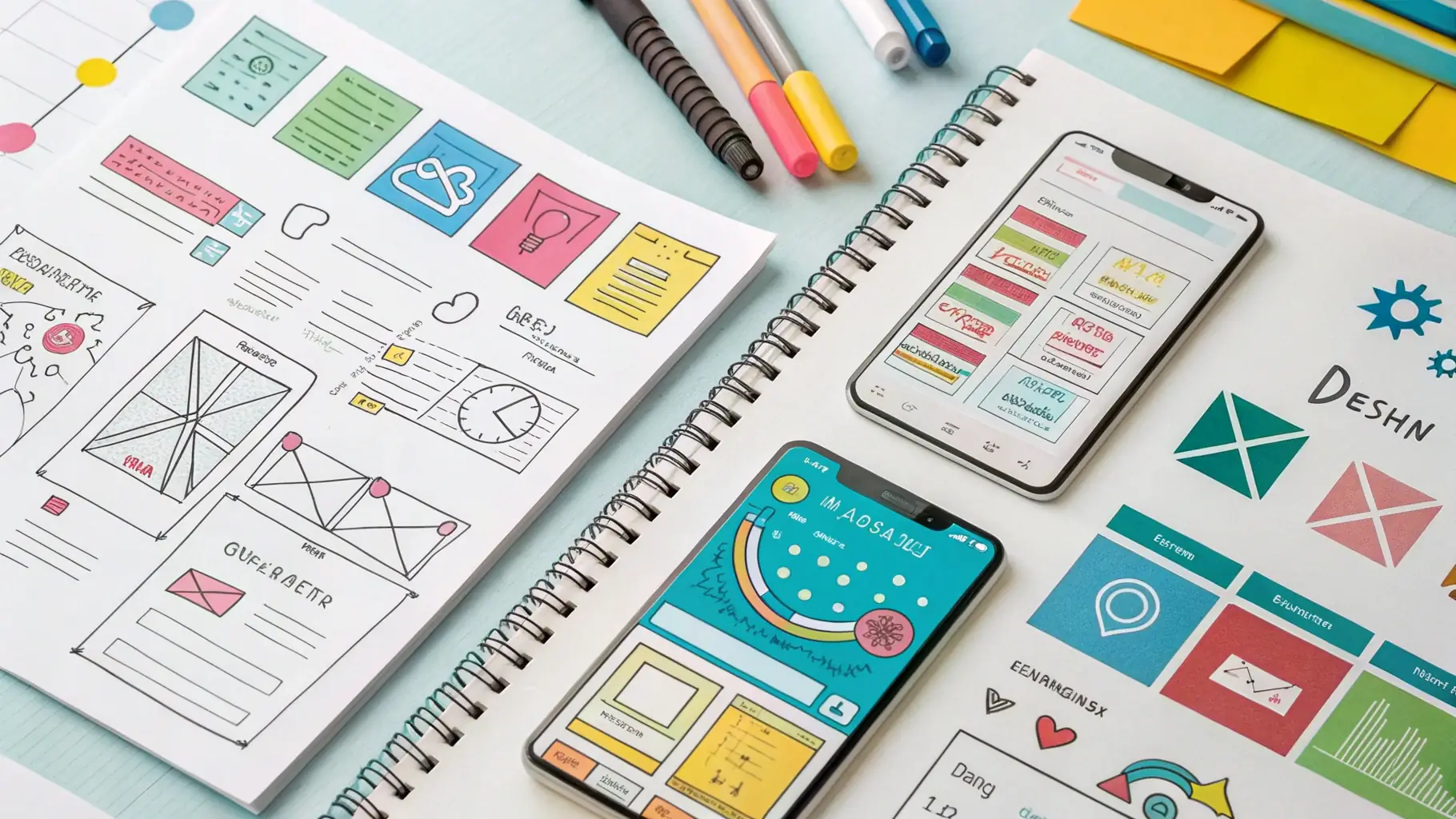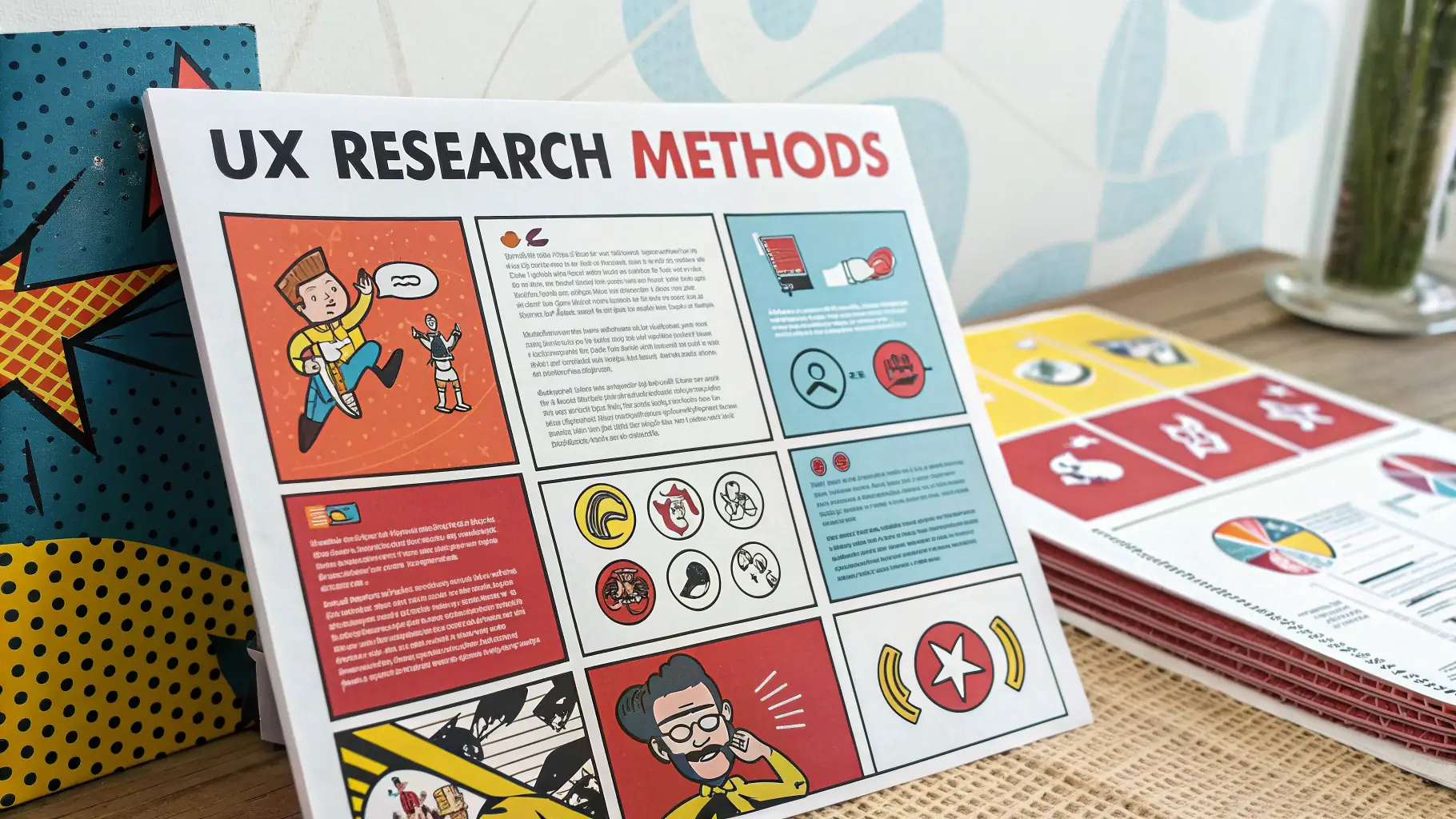The intersection of art and UX design is a fascinating area that highlights the importance of aesthetics in creating user experiences. While functionality is crucial, the visual appeal of a design can significantly impact user engagement and satisfaction. By incorporating artistic elements, designers can create interfaces that not only serve a purpose but also evoke emotions and inspire users. This balance between art and functionality is essential for crafting memorable digital experiences.
Incorporating artistic principles into UX design involves understanding color theory, typography, and layout. These elements can be used strategically to guide users’ attention and create a cohesive visual narrative. For instance, using contrasting colors can draw attention to important calls to action, while harmonious typography can enhance readability and overall user experience. By paying attention to these details, designers can elevate their work and create designs that resonate with users on a deeper level.
Furthermore, embracing creativity in UX design can lead to innovative solutions that set a brand apart from its competitors. By thinking outside the box and experimenting with different artistic styles, designers can create unique experiences that capture users’ interest. As the digital landscape continues to evolve, the fusion of art and UX design will play a vital role in shaping the future of user experiences.



